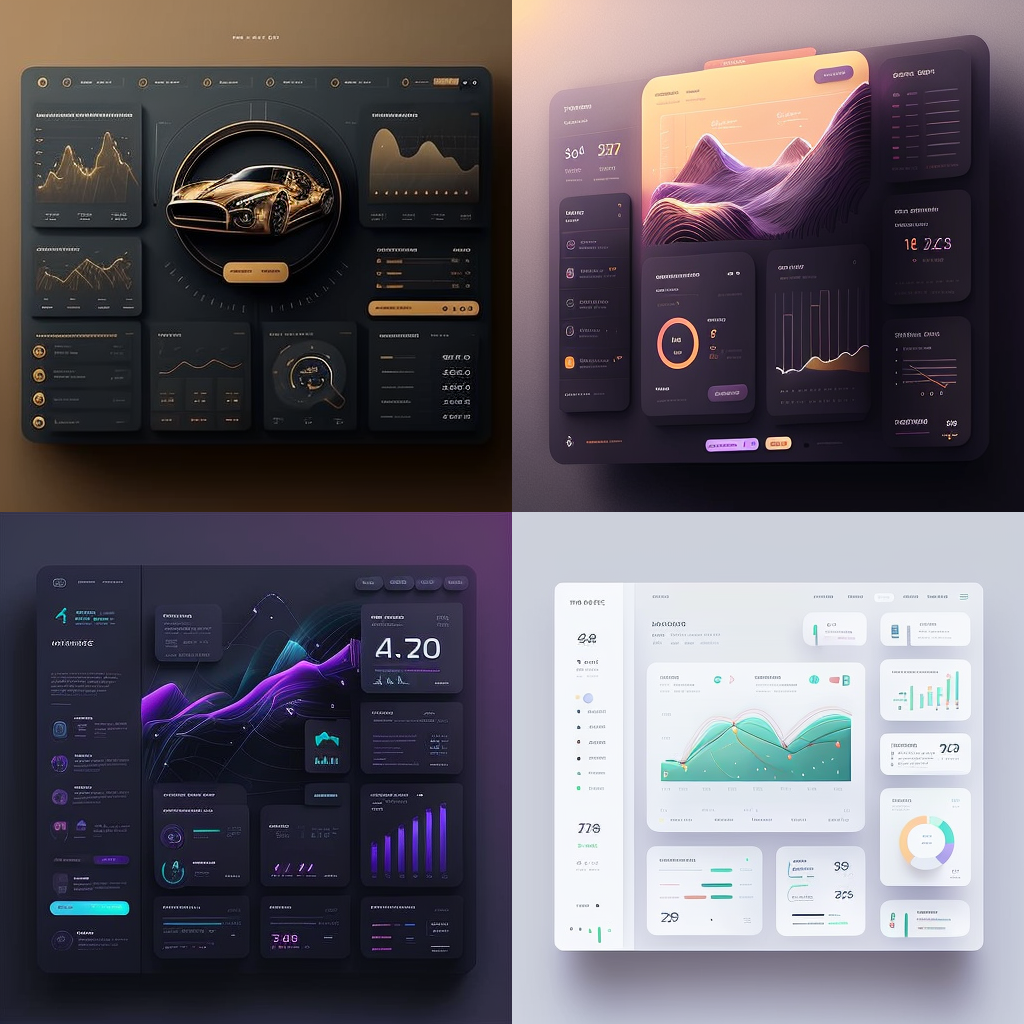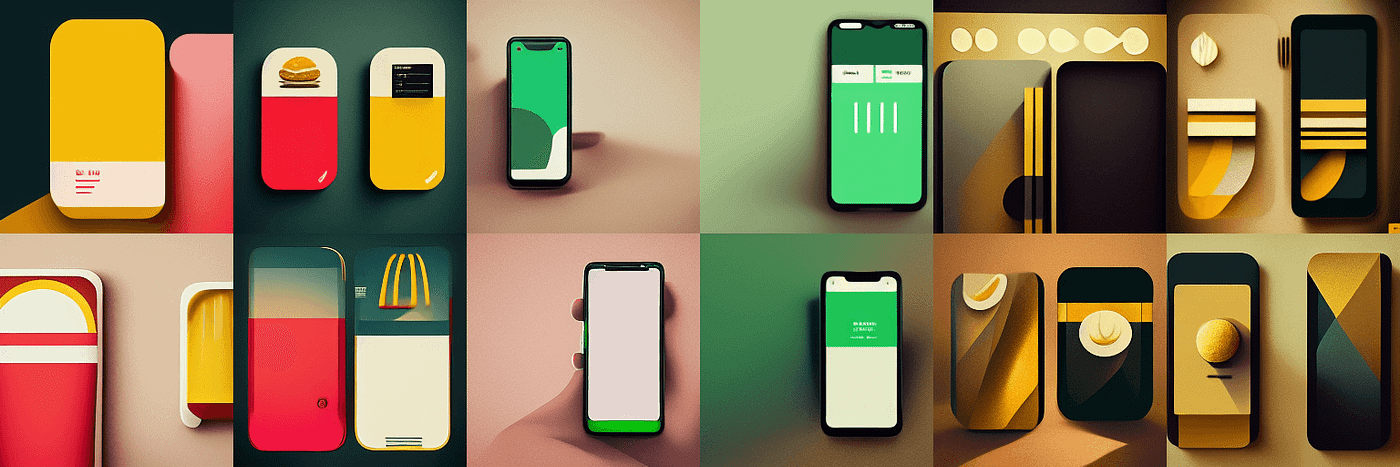In today’s fast-paced digital landscape, providing users with seamless and intuitive experiences is crucial when they interact with websites and applications. UI/UX design plays a critical role in the development process as it determines the user’s overall experience with a digital product. With the advancements in artificial intelligence (AI) and machine learning (ML), designers now have the opportunity to take the design process to the next level by integrating ChatGPT into the process.
ChatGPT, an AI language model developed by OpenAI, has the potential to improve the usability, functionality, and overall user experience of digital products. In this article, we will explore the 8 advantages of integrating ChatGPT into the UI/UX design process.
- Streamlines the Design Process: By integrating ChatGPT into the design process, designers can streamline their workflow by automating repetitive tasks and allowing the AI model to handle tasks such as wireframing, prototyping, and design testing. This not only saves time but also eliminates the potential for human error, allowing designers to focus on more important tasks.
- Improves User Experience: ChatGPT has the ability to analyze user behavior and predict what users may need or want from a digital product. This information can be used to enhance the user experience, making it more personalized and user-friendly.
- Provides Personalized Recommendations: ChatGPT can provide designers with personalized recommendations based on user data, enabling designers to make informed decisions when designing products. By understanding user preferences and behaviors, ChatGPT can help designers create better-targeted designs that cater to specific user needs and preferences.
- Increases Design Efficiency: By using ChatGPT to automate repetitive tasks, designers can increase their overall efficiency, allowing them to produce more designs in less time. This not only saves time but also enables designers to be more productive, leading to better design outcomes.
- Enhances Collaboration: ChatGPT can be used to enhance collaboration between designers, developers, and stakeholders by providing a shared platform for communication and collaboration. This not only helps to streamline the design process but also ensures that everyone involved in the project is on the same page.
- Generates Accurate Insights: ChatGPT can provide designers with accurate insights into user behavior and preferences, helping them to make informed decisions when designing products. This information can be used to enhance the user experience, making products more usable and user-friendly.
- Improves Accessibility: By using ChatGPT to analyze user behavior, designers can improve the accessibility of digital products for people with disabilities. By understanding the needs of users with disabilities, designers can create products that are more accessible and user-friendly for all.
- Facilitates Continuous Improvement: Finally, by integrating ChatGPT into the design process, designers can facilitate continuous improvement by continuously monitoring and analyzing user behavior. This information can be used to make informed design decisions, allowing designers to continuously improve the user experience.
read more: Leveraging ChatGPT in UI/UX Design: A Step-by-Step Guide for Designers
Learn How To Maximize ChatGPT: A Pro’s Guide for You
In conclusion, the integration of ChatGPT into the UI/UX design process provides numerous advantages, including the ability to streamline the design process, improve the user experience, provide personalized recommendations, increase design efficiency, enhance collaboration, generate accurate insights, improve accessibility, and facilitate continuous improvement. By leveraging the power of AI and ML, designers can take their work to the next level and create digital products that are intuitive, user-friendly, and accessible for all.








